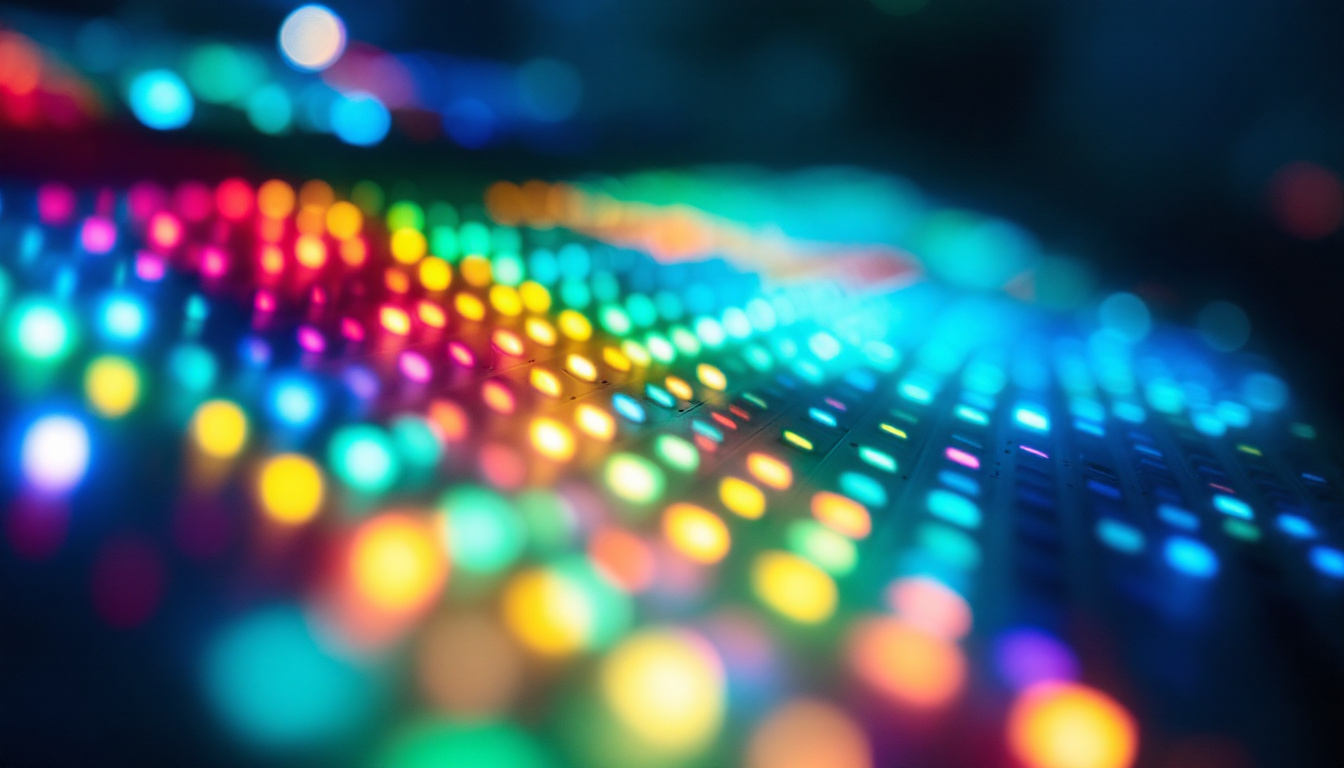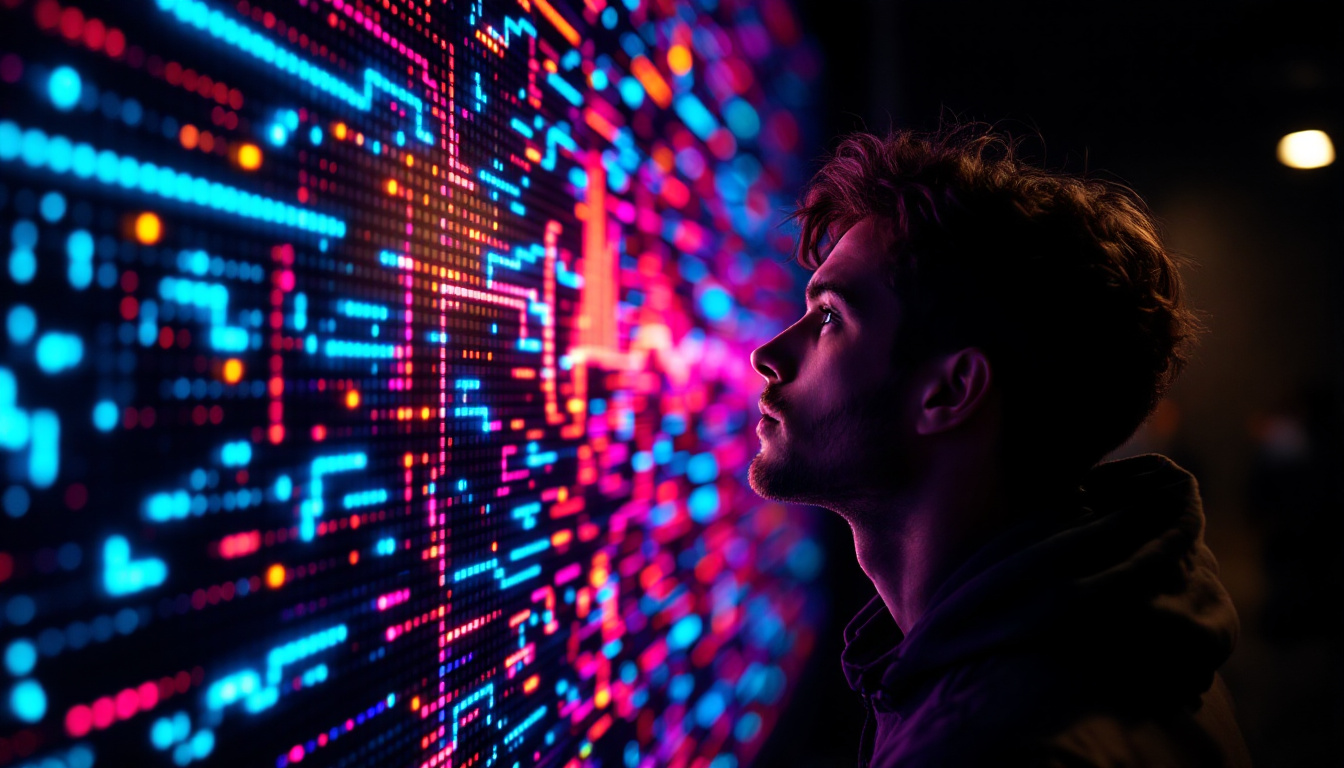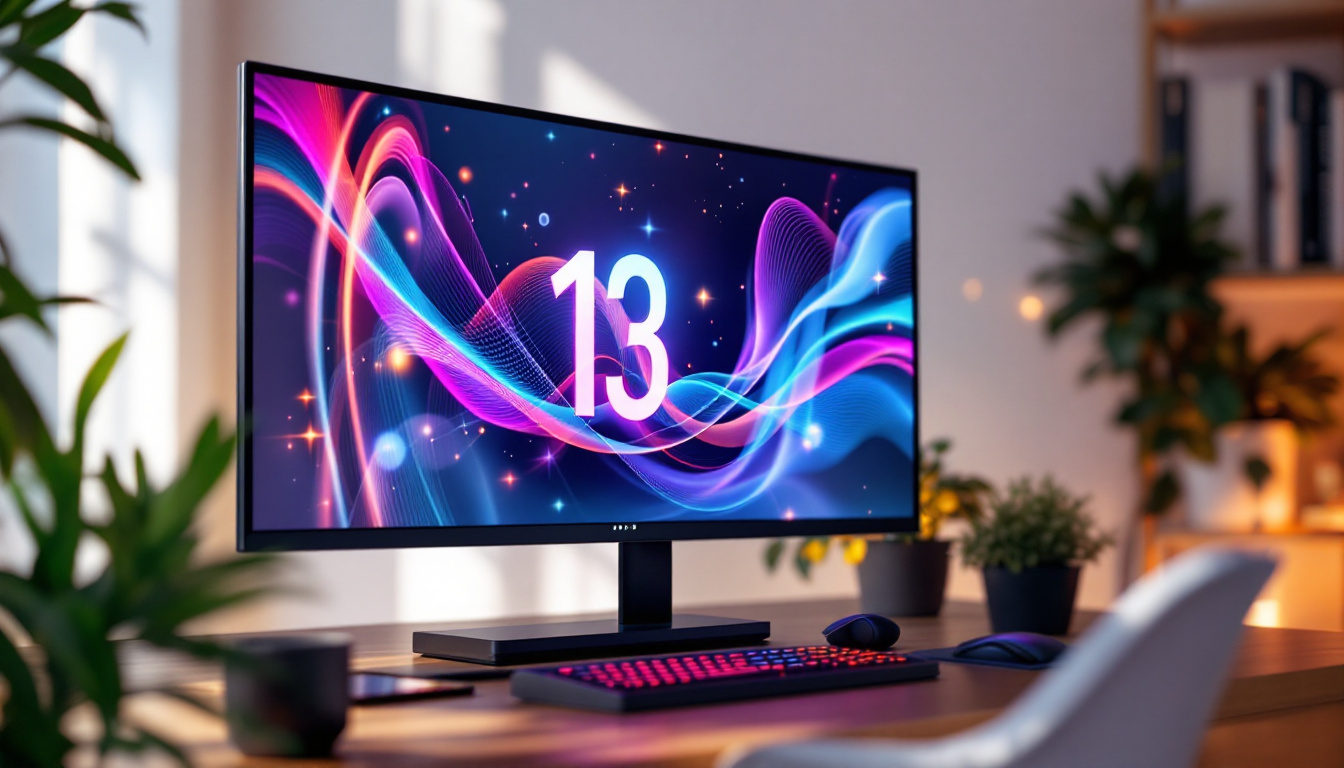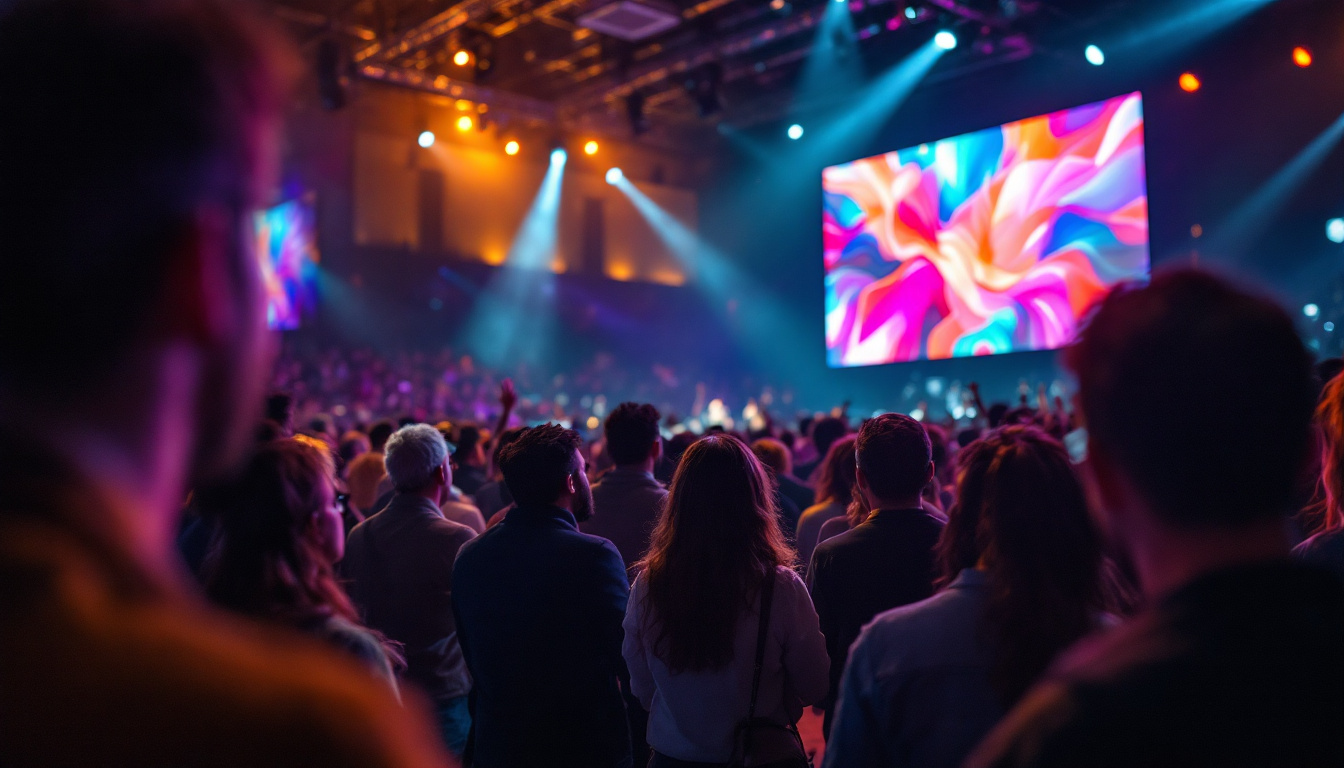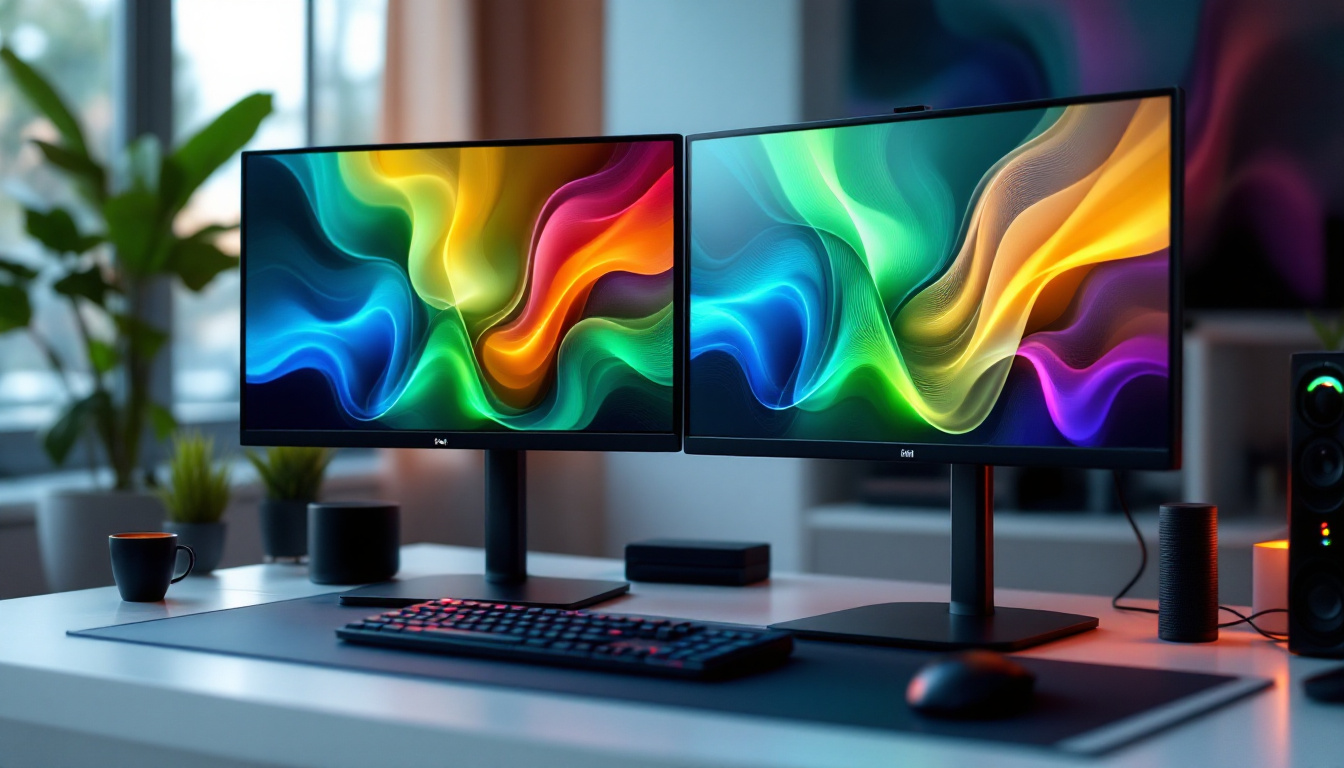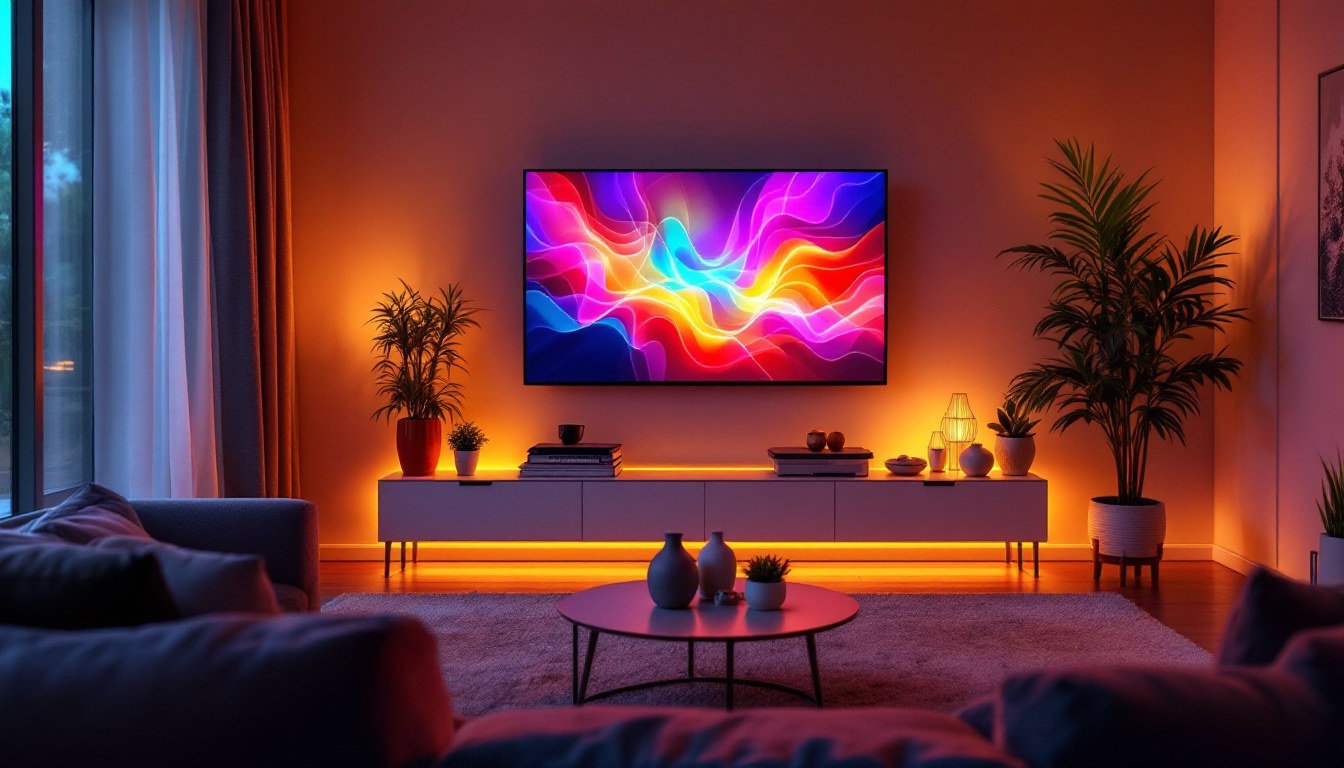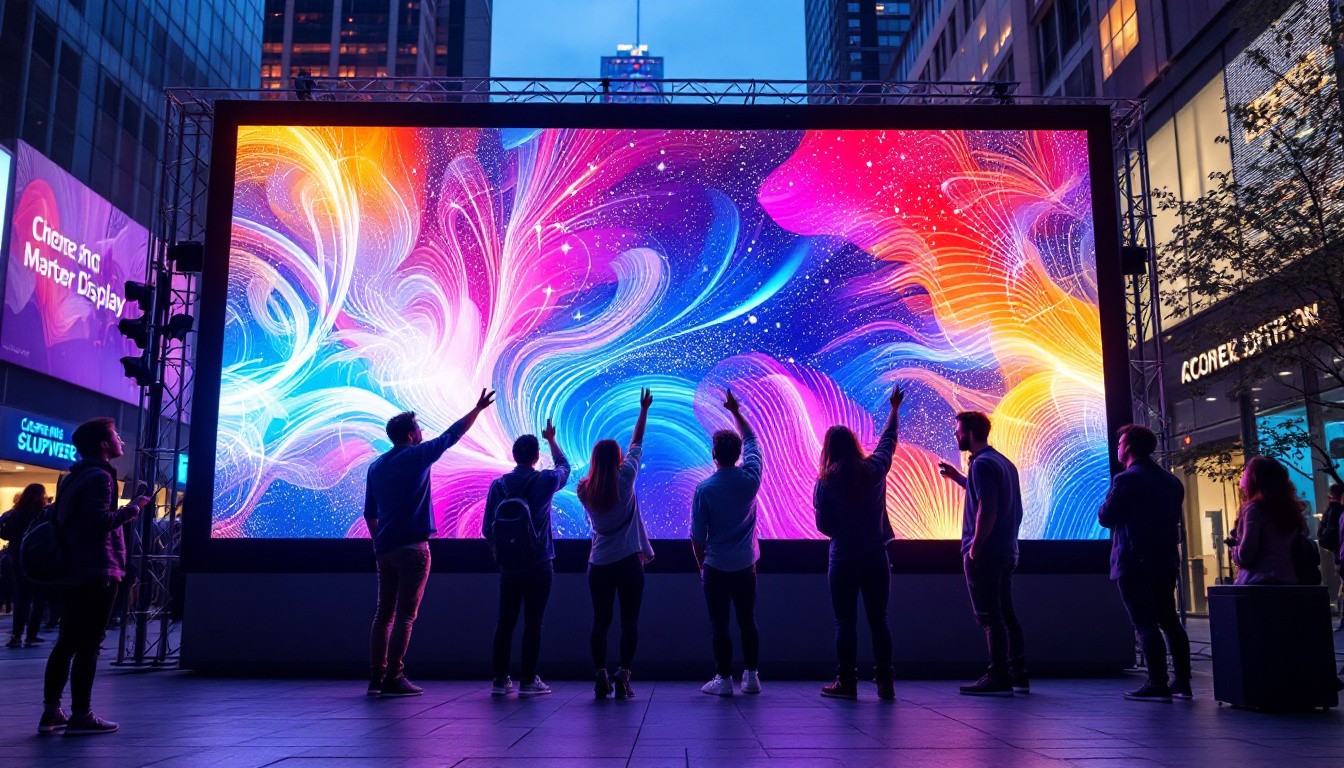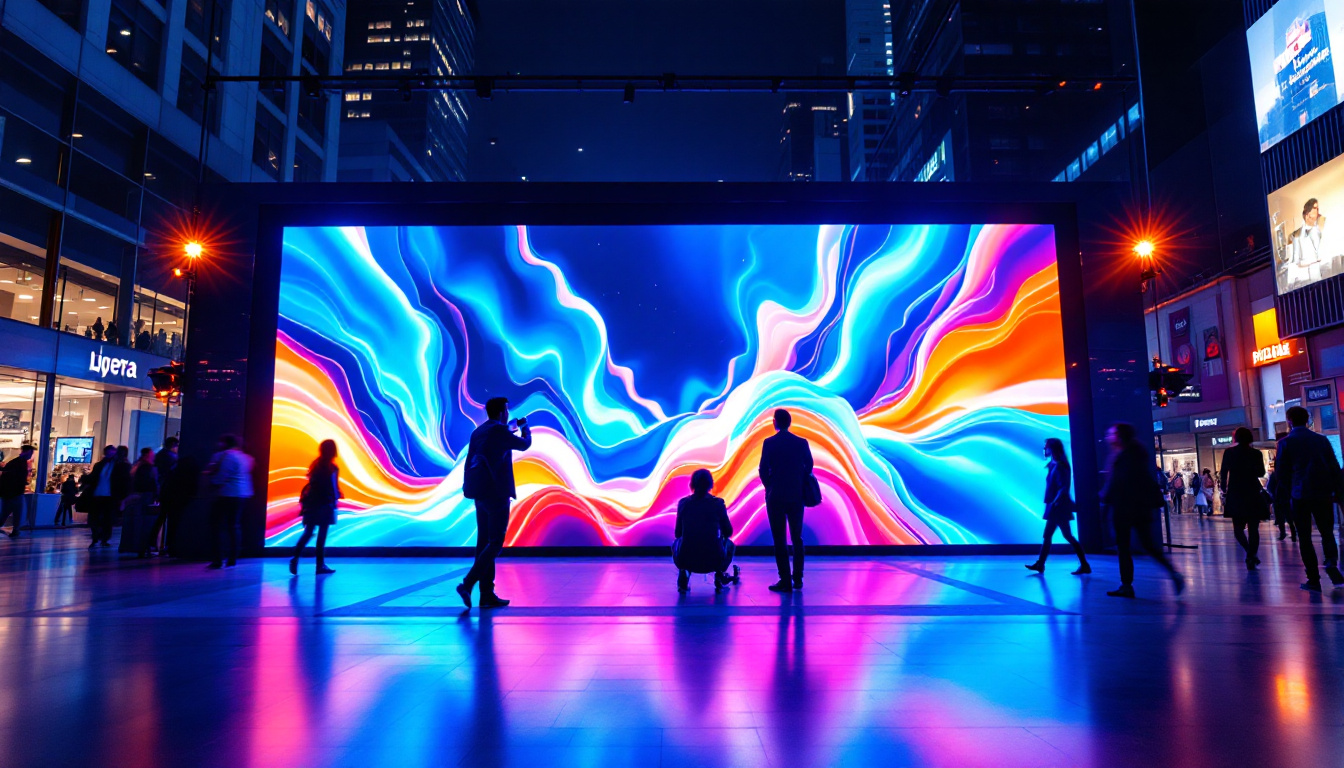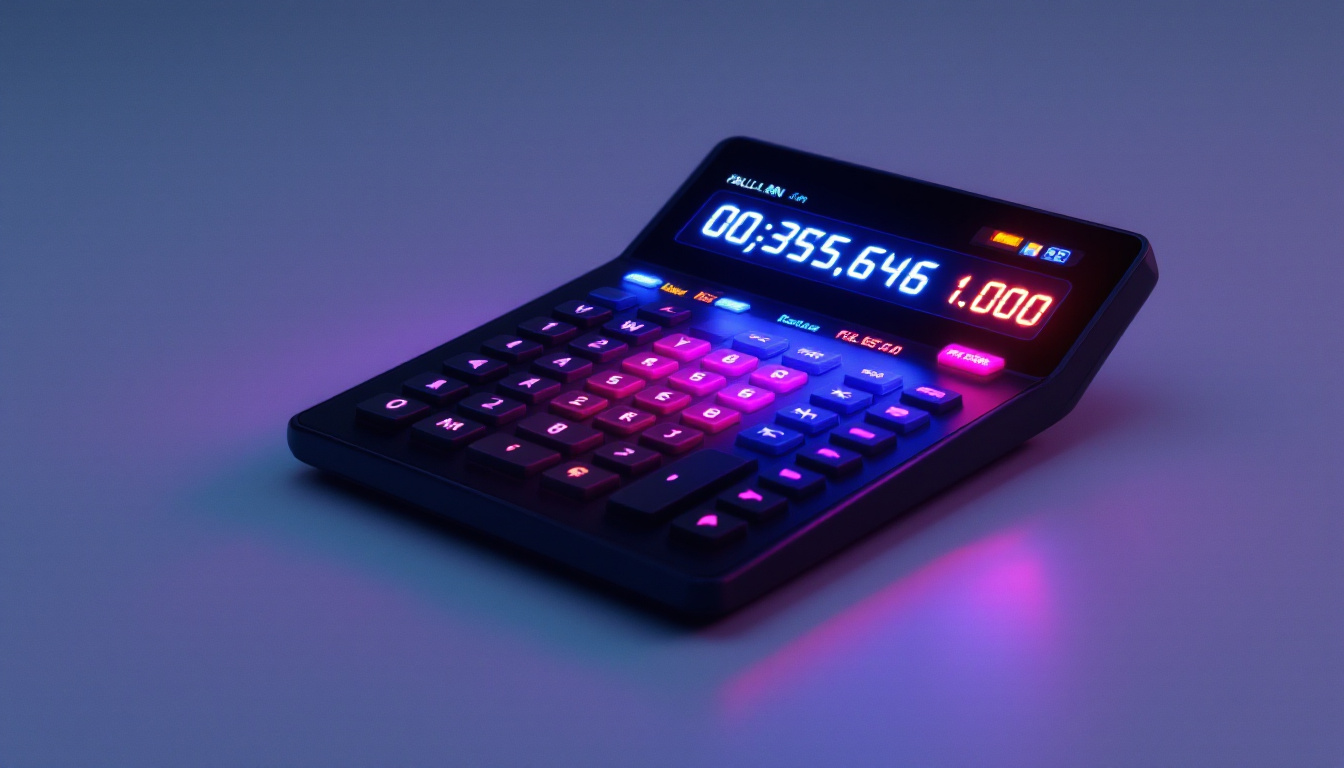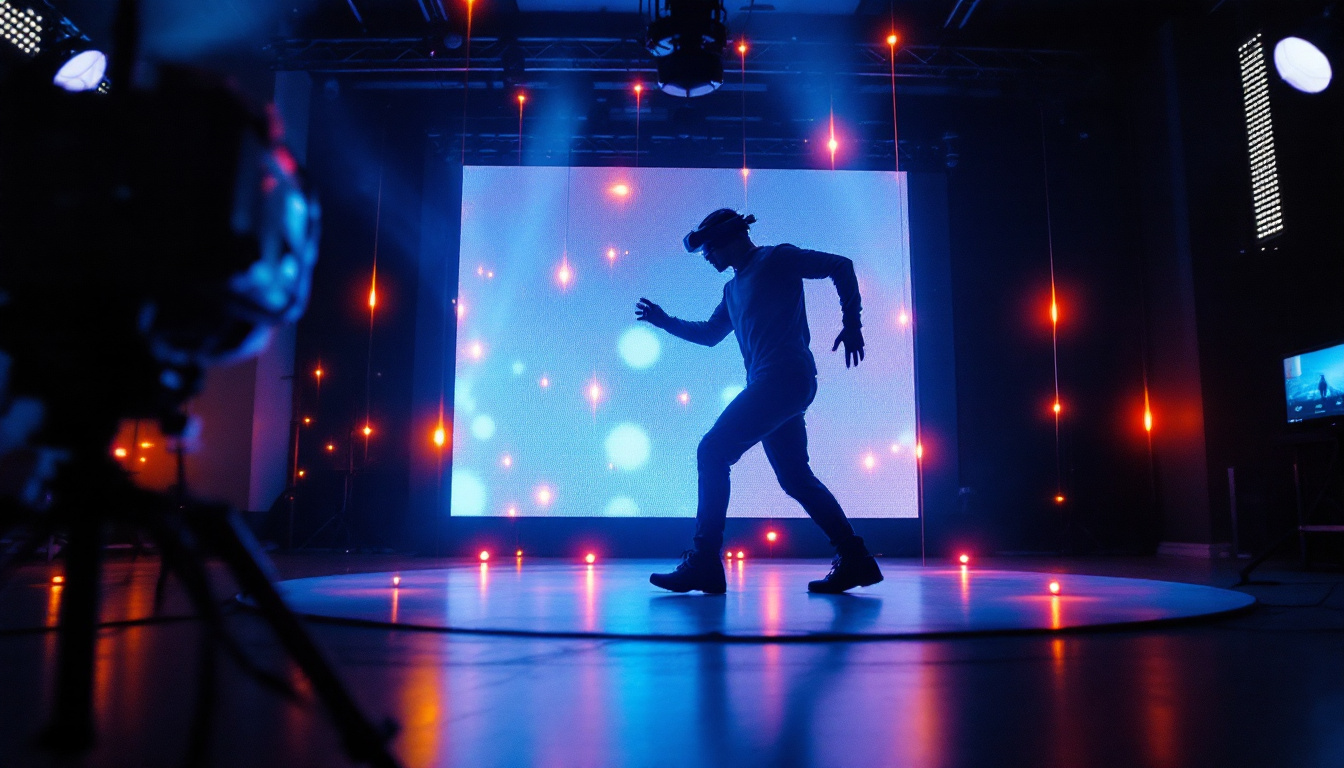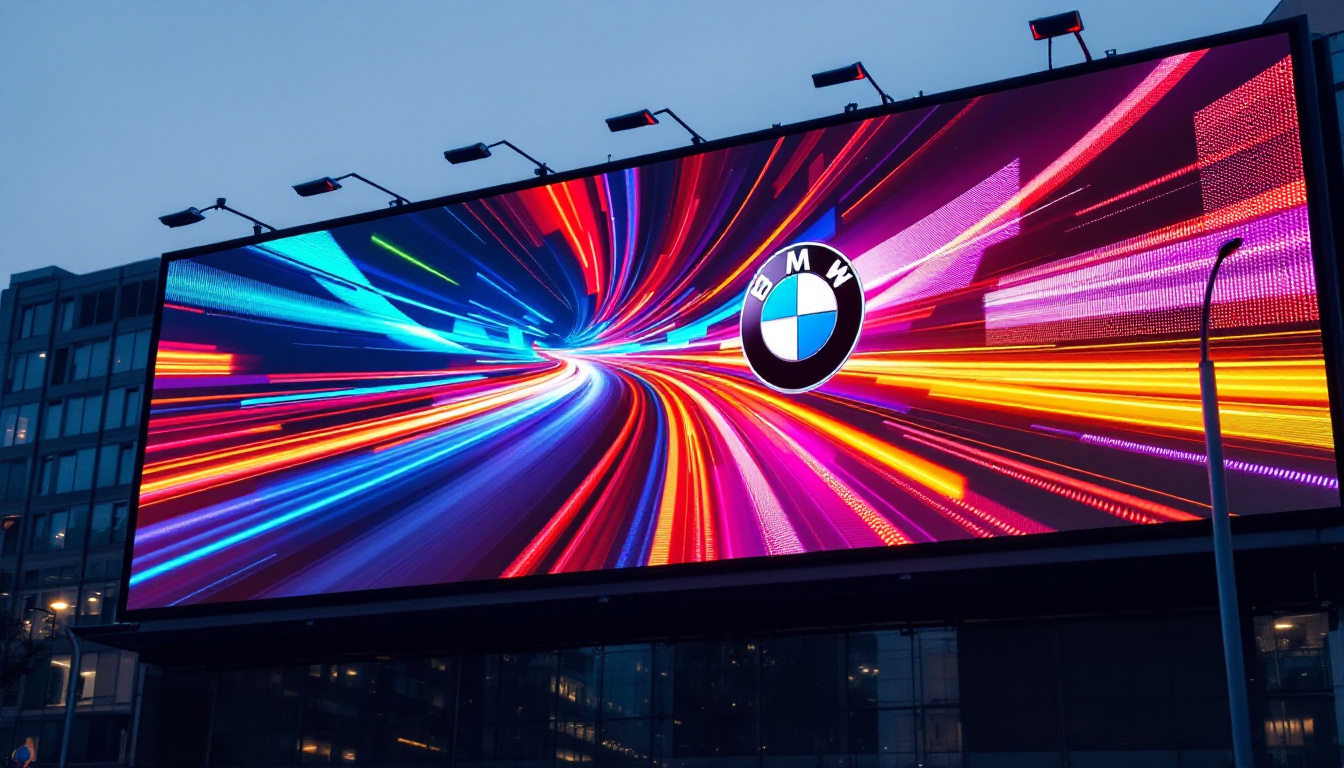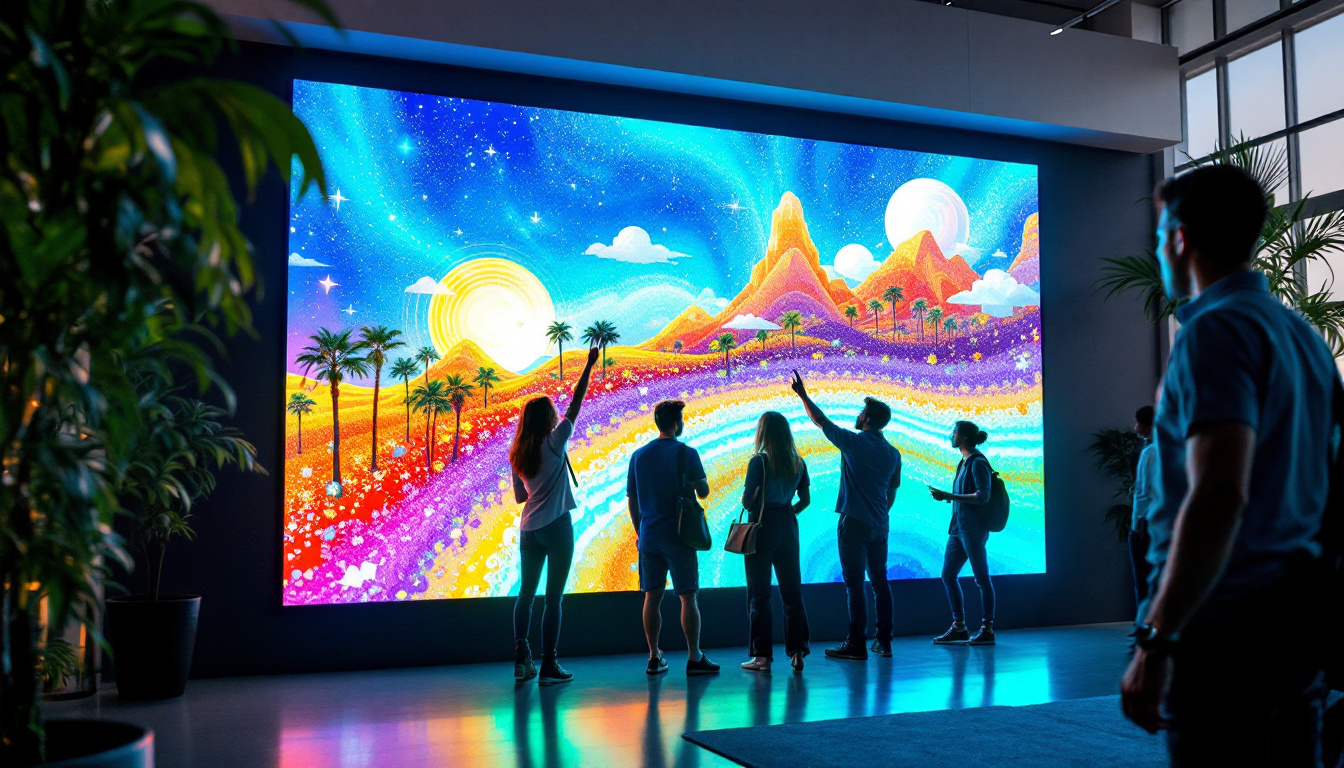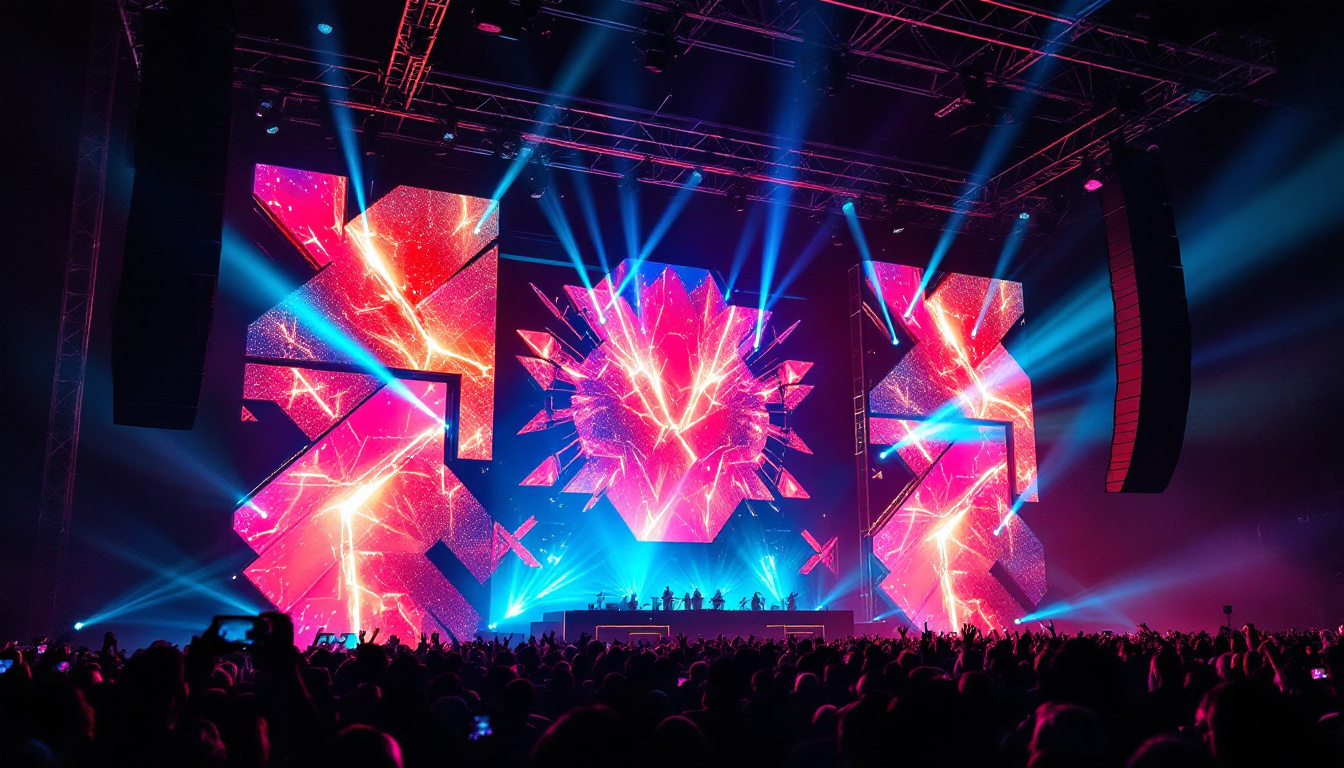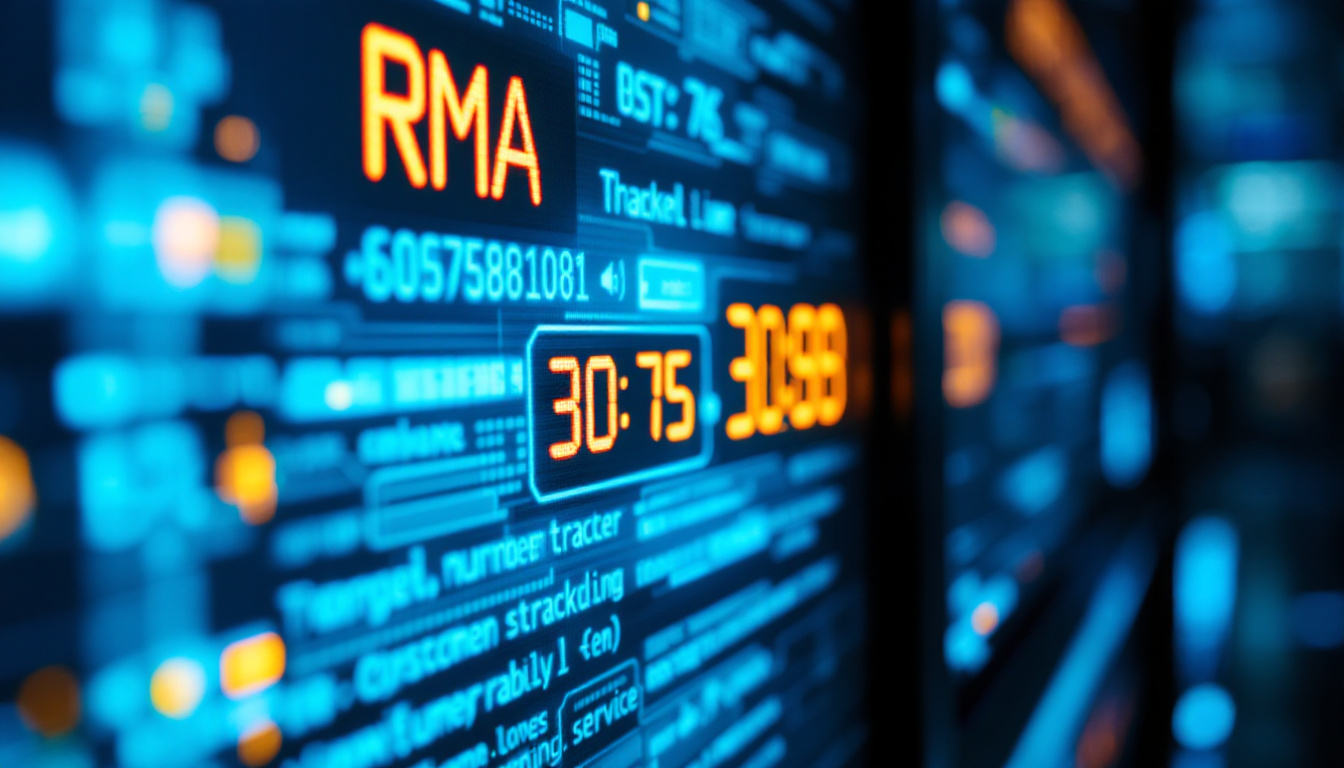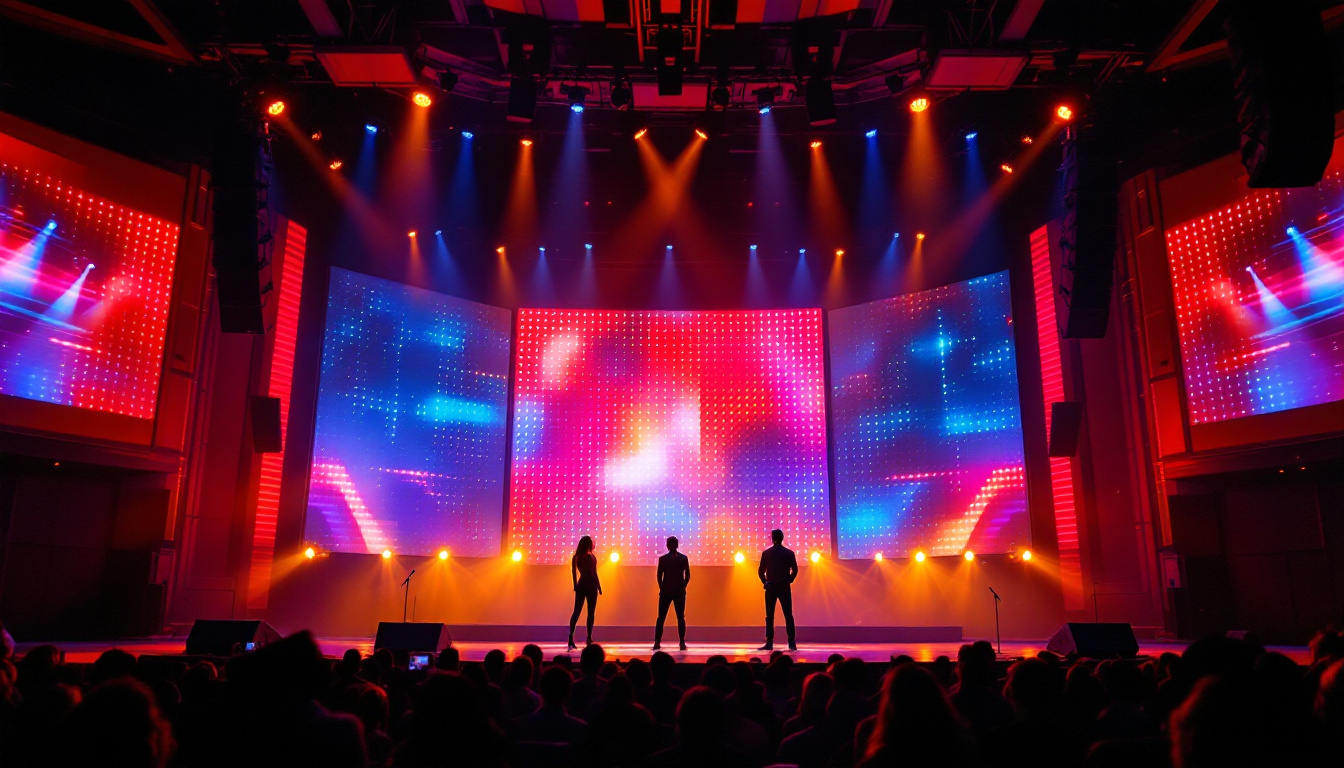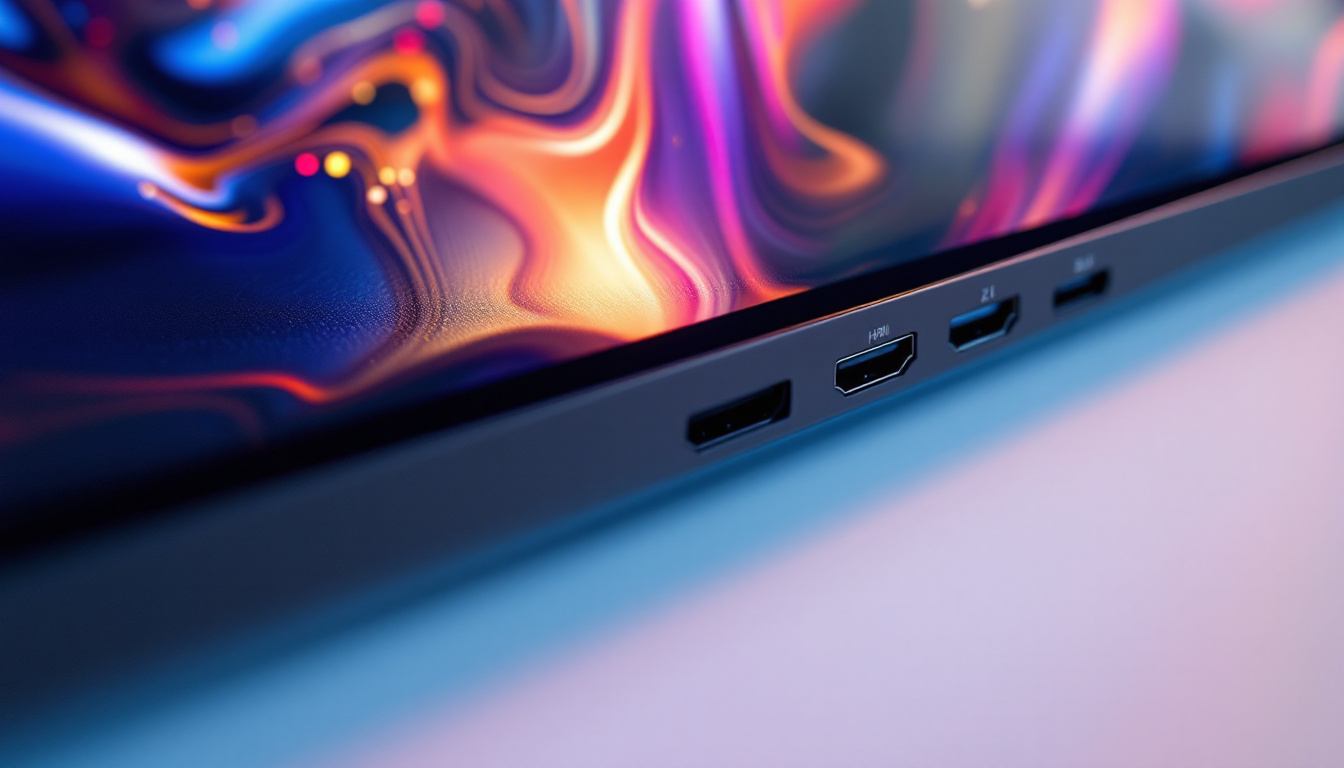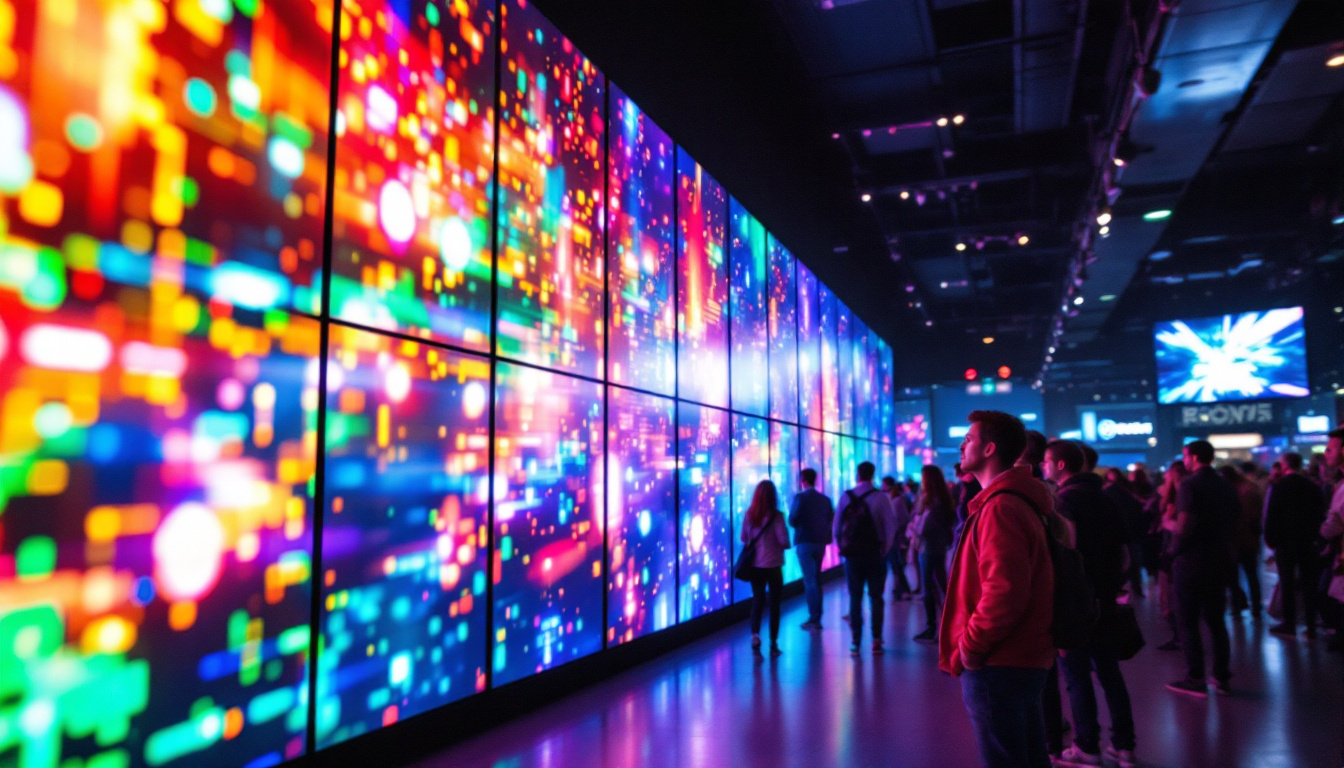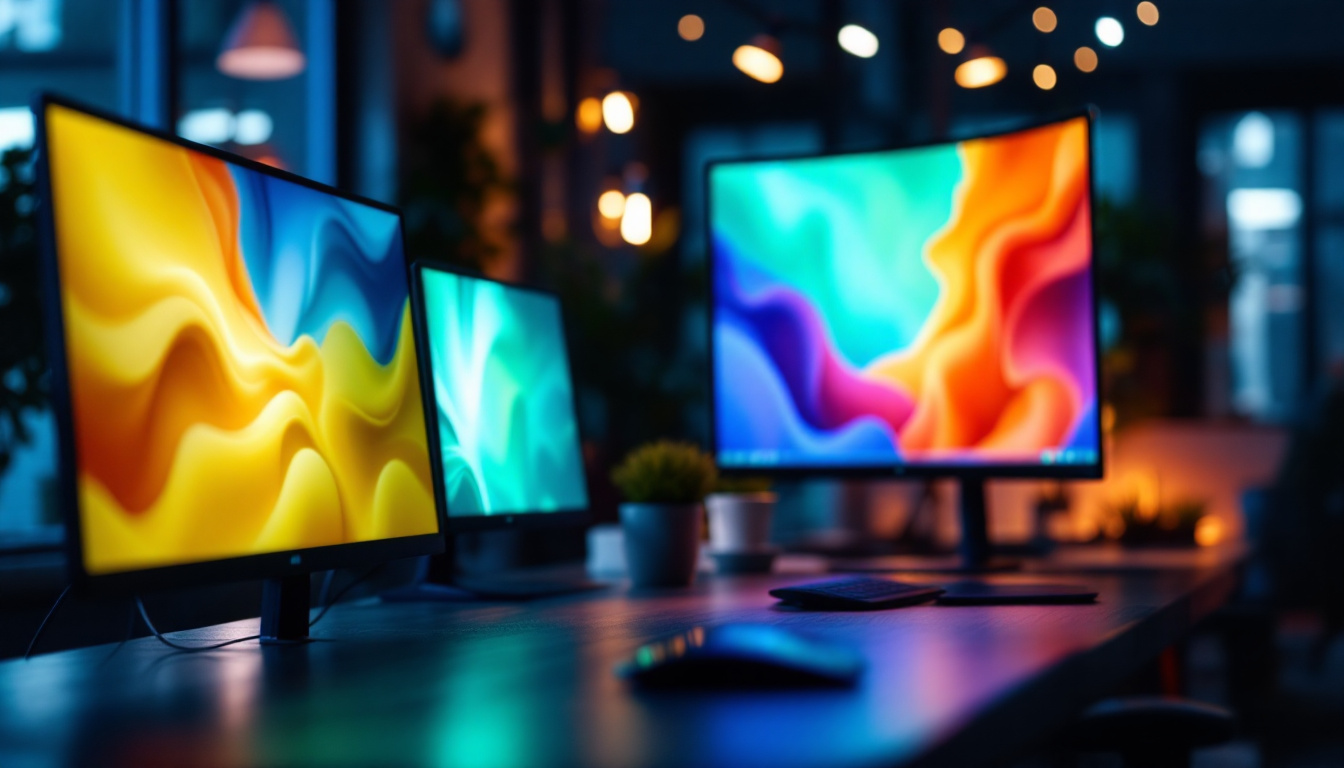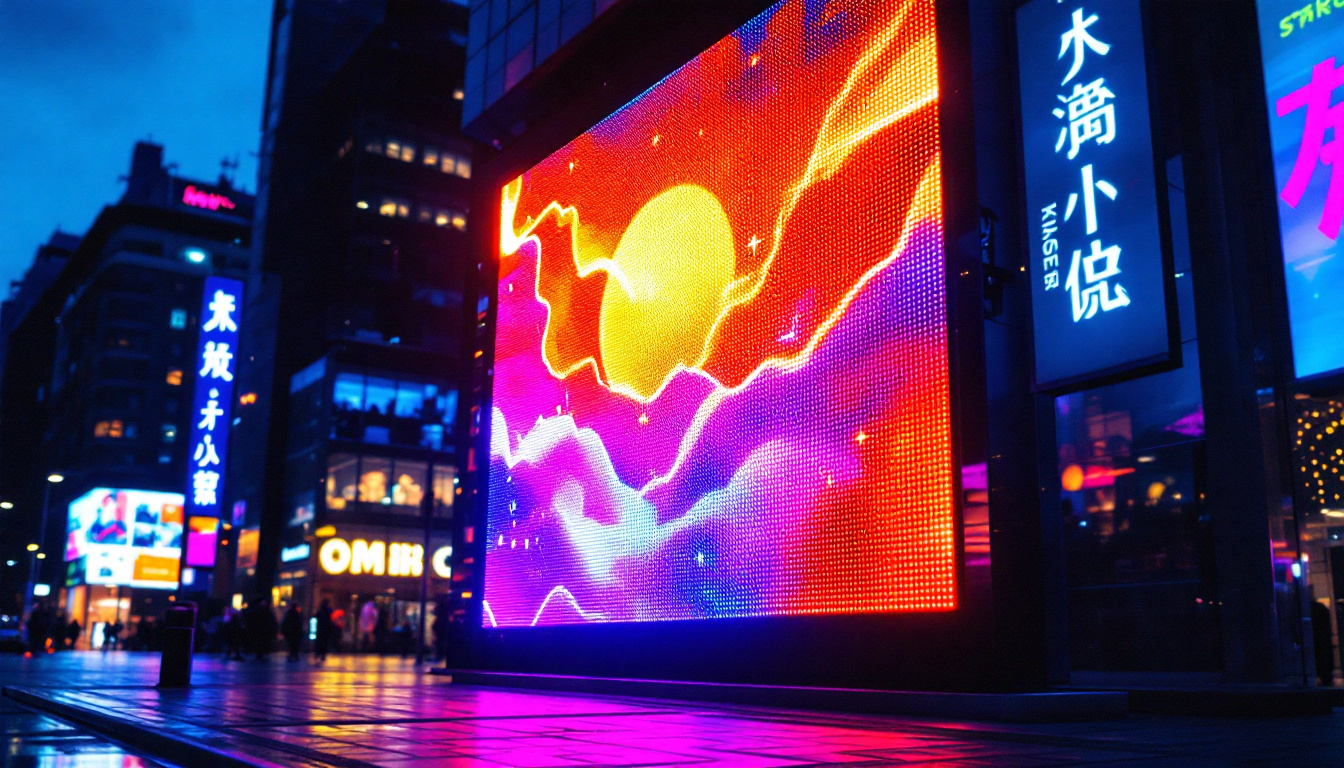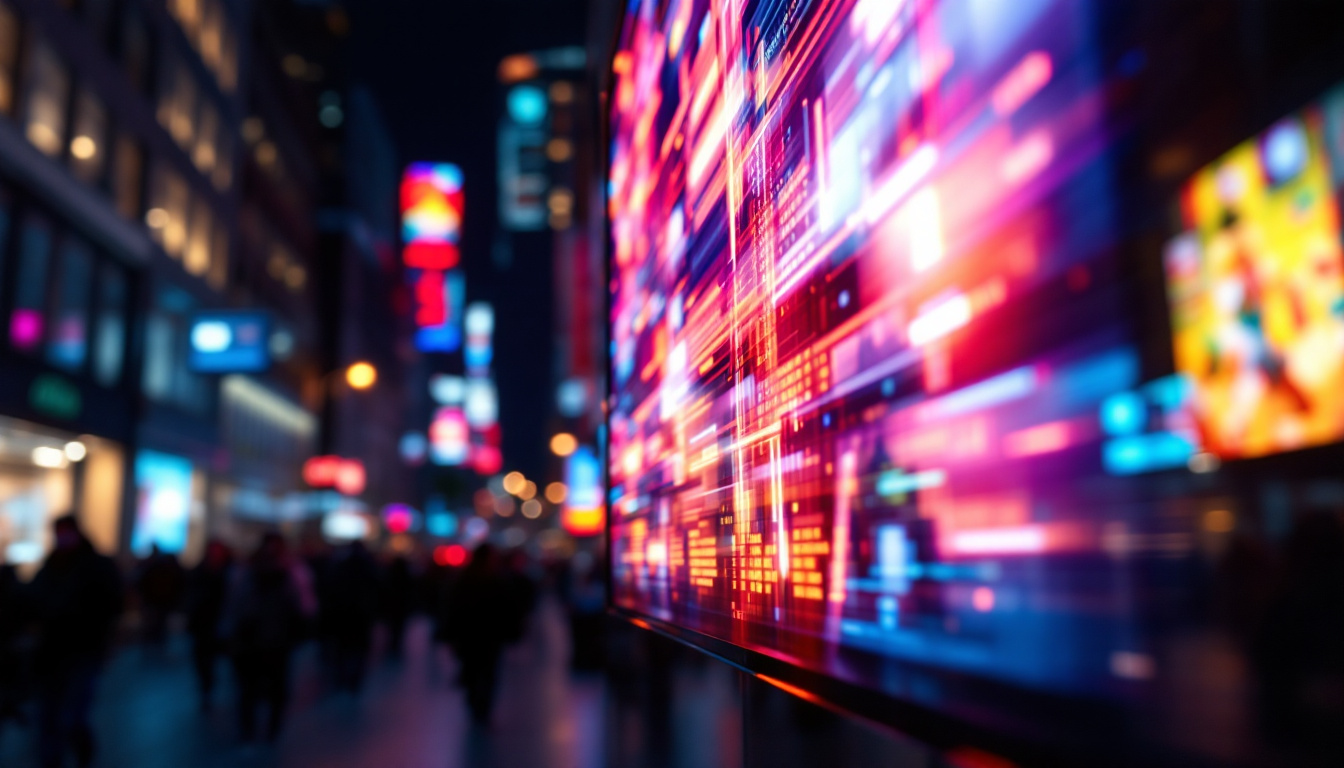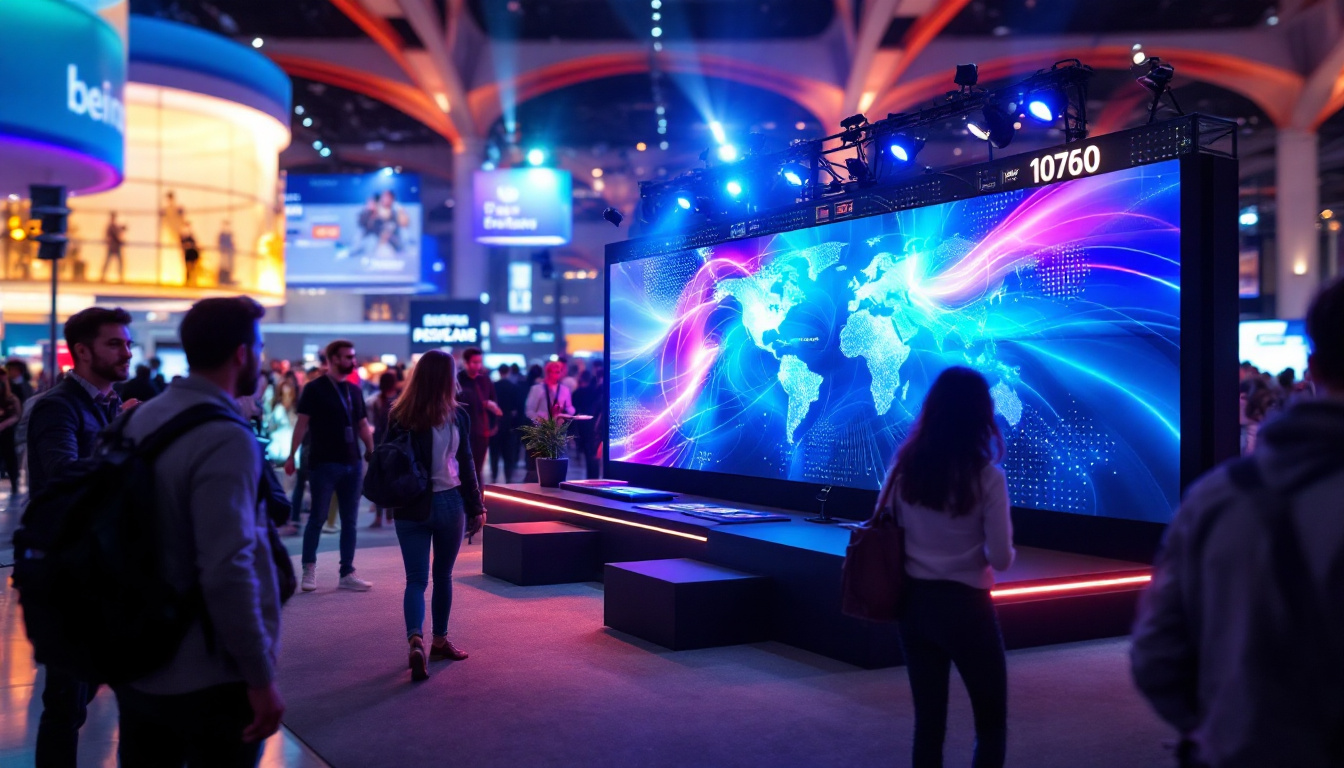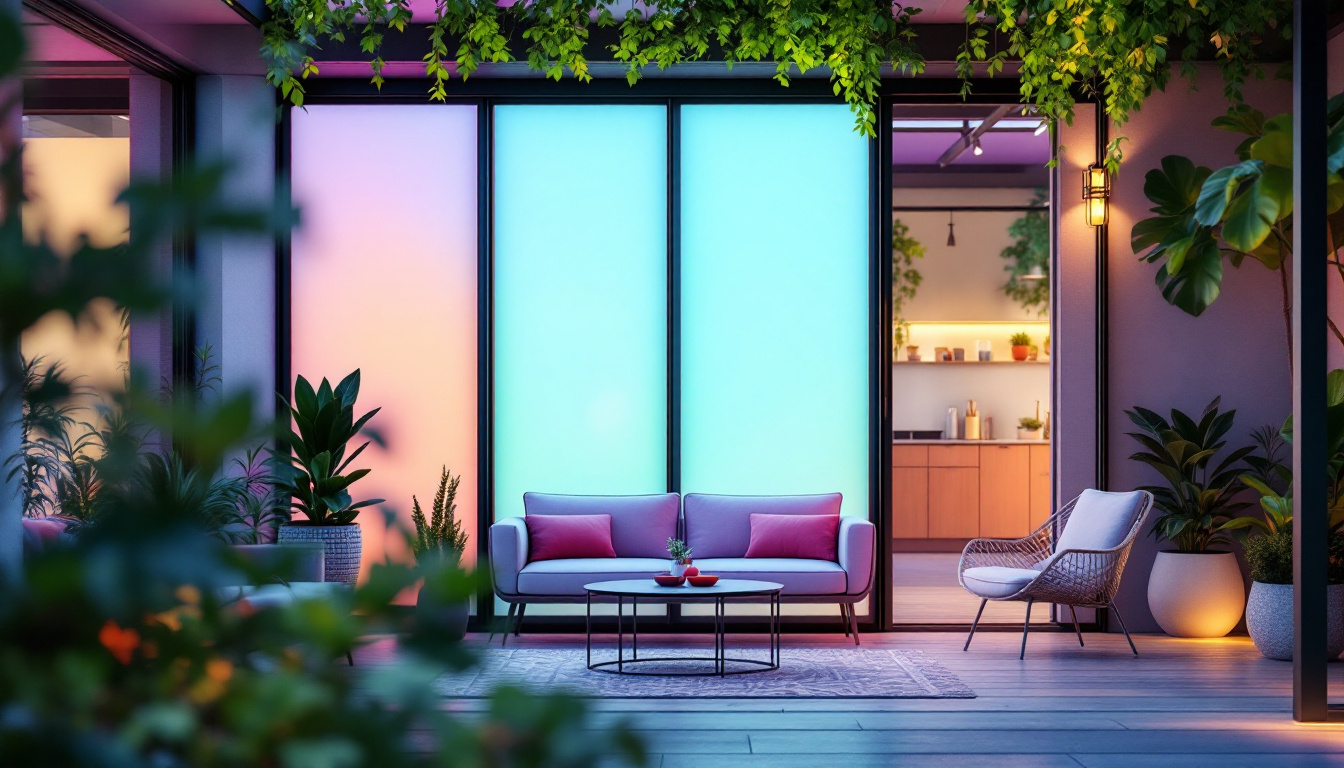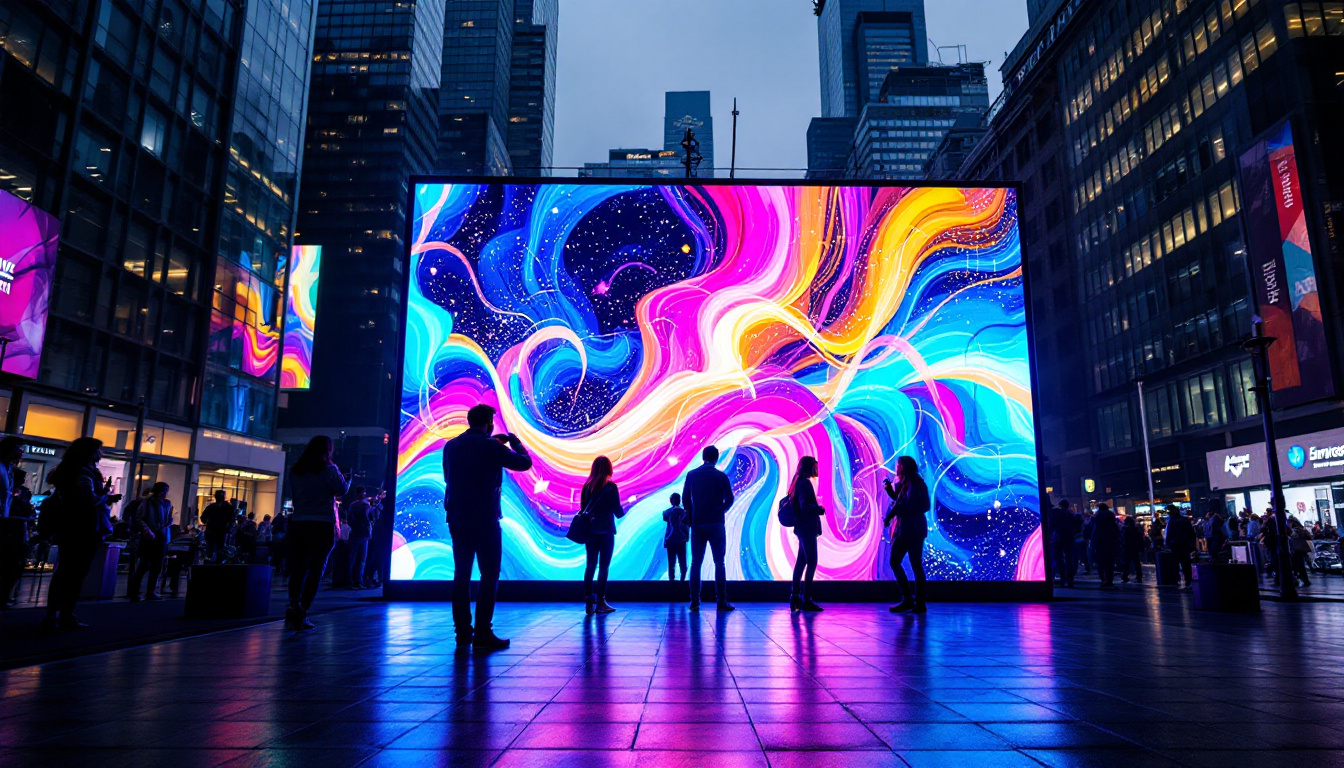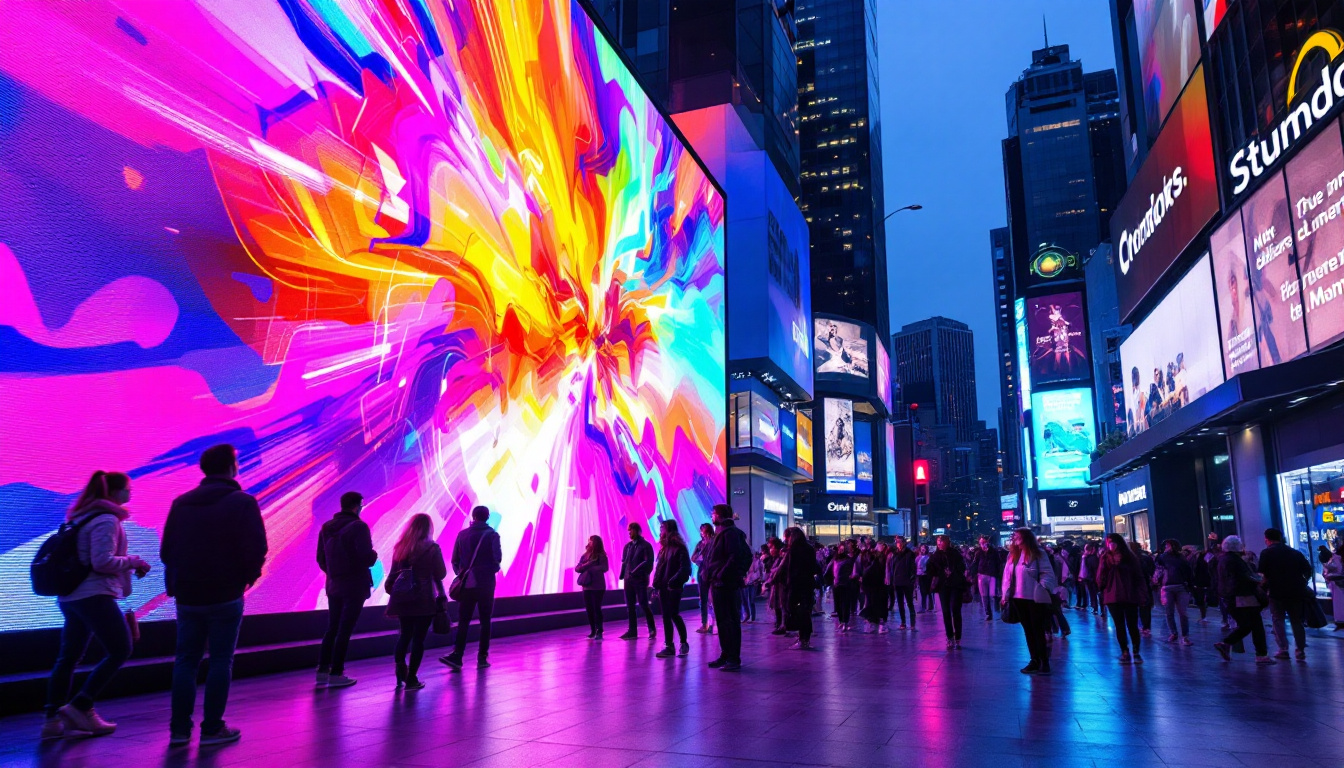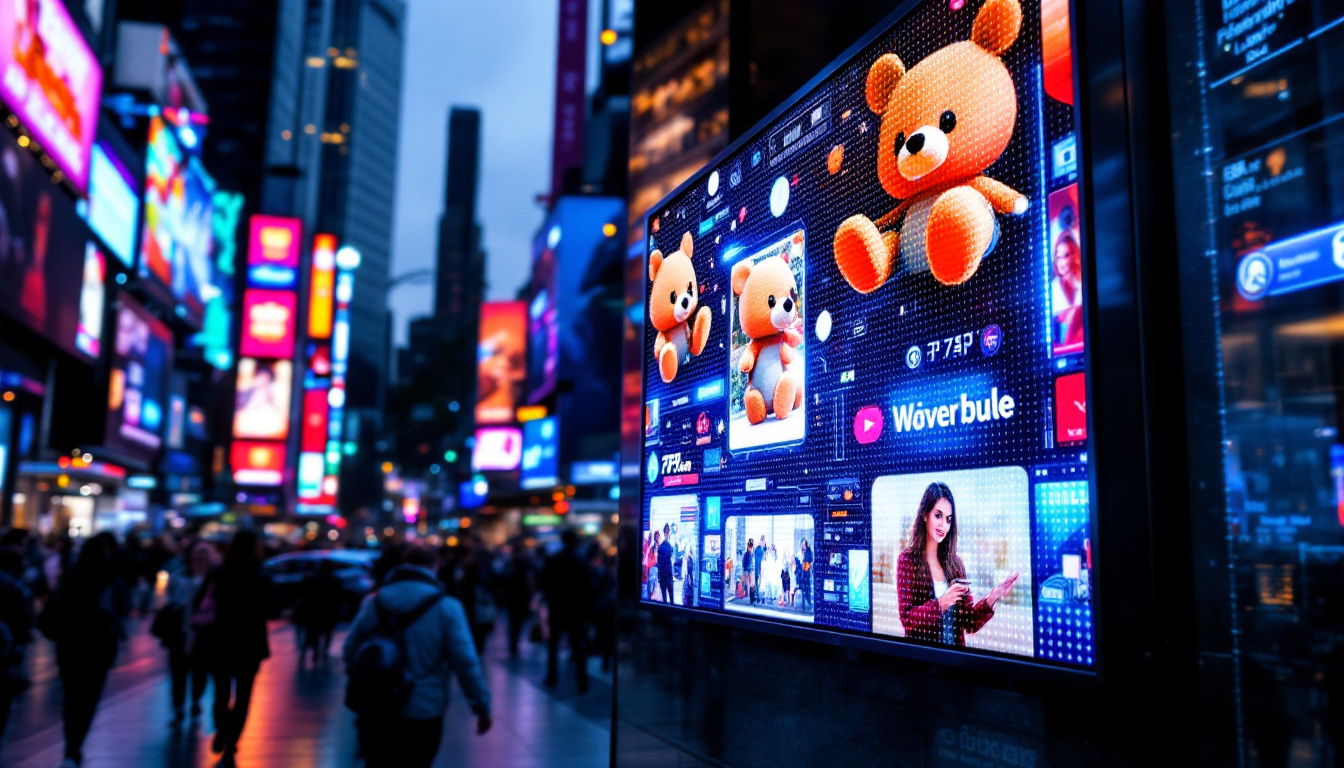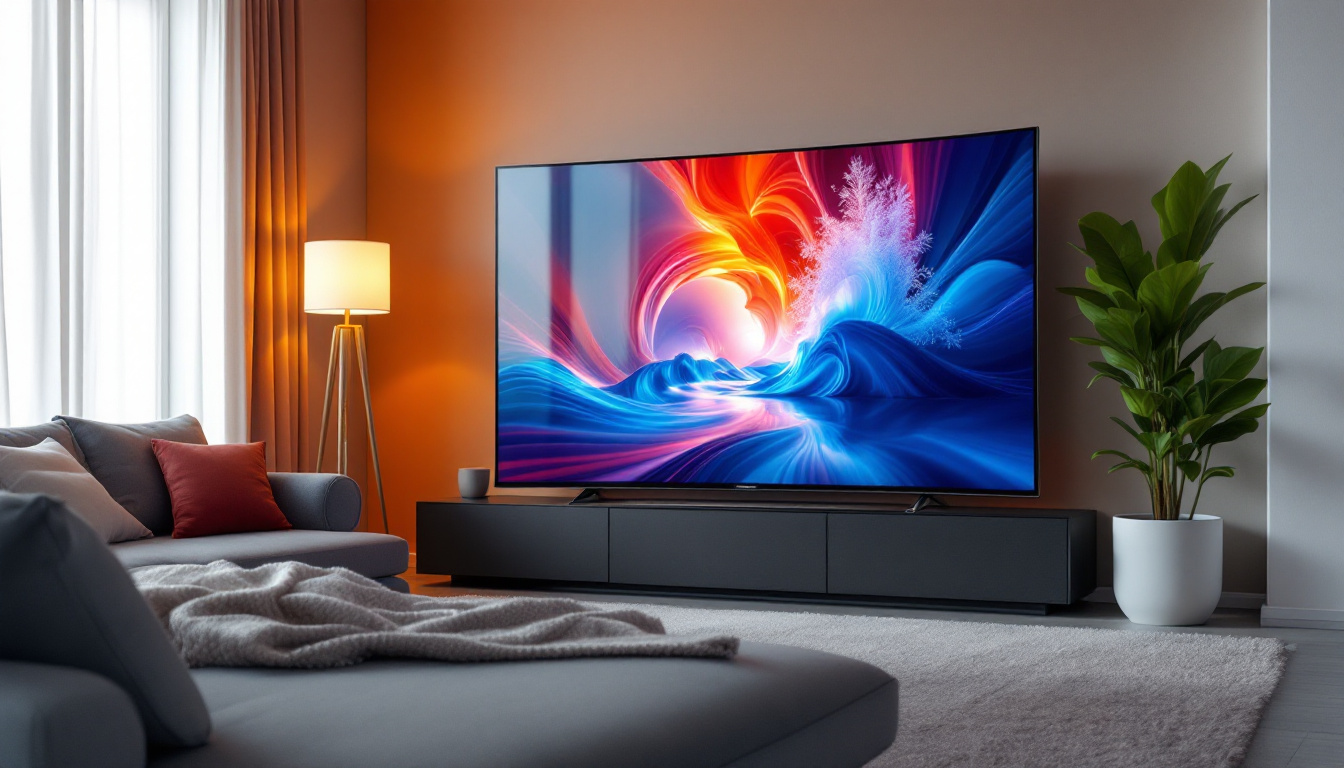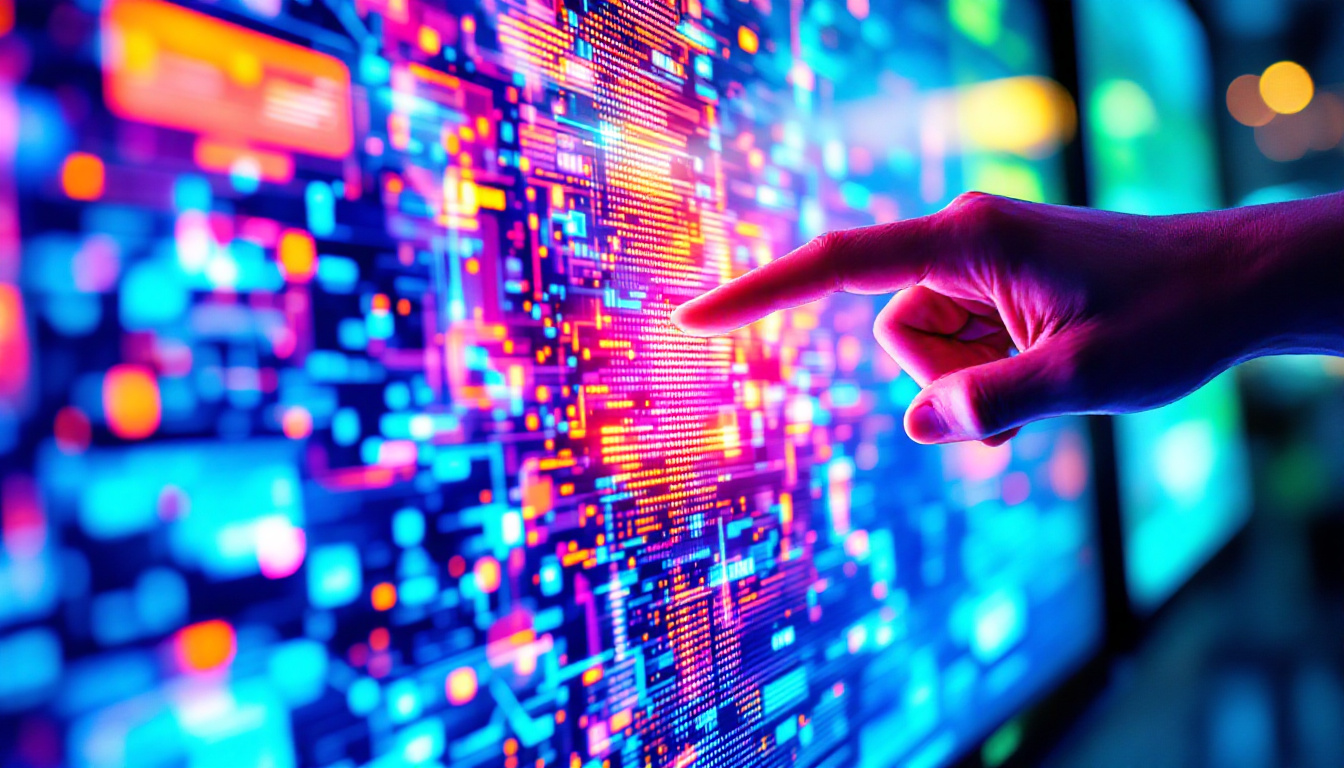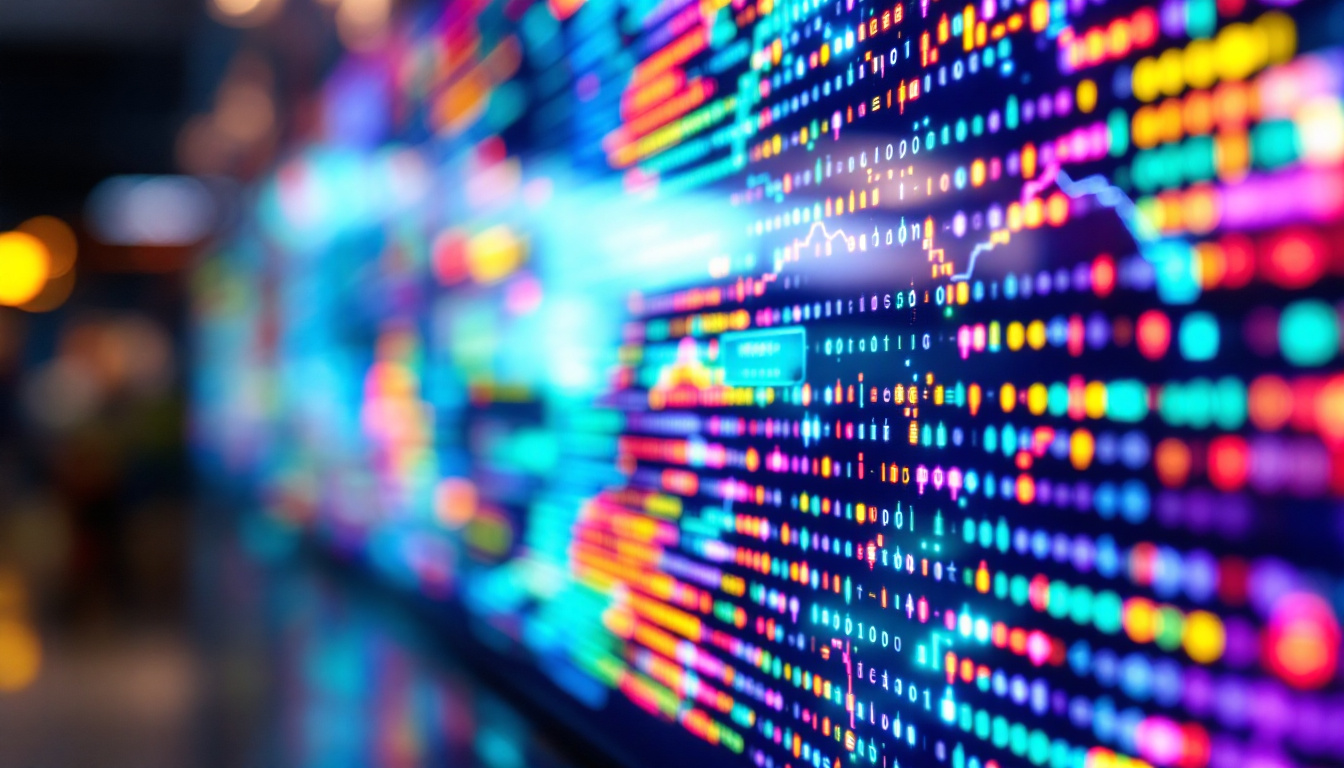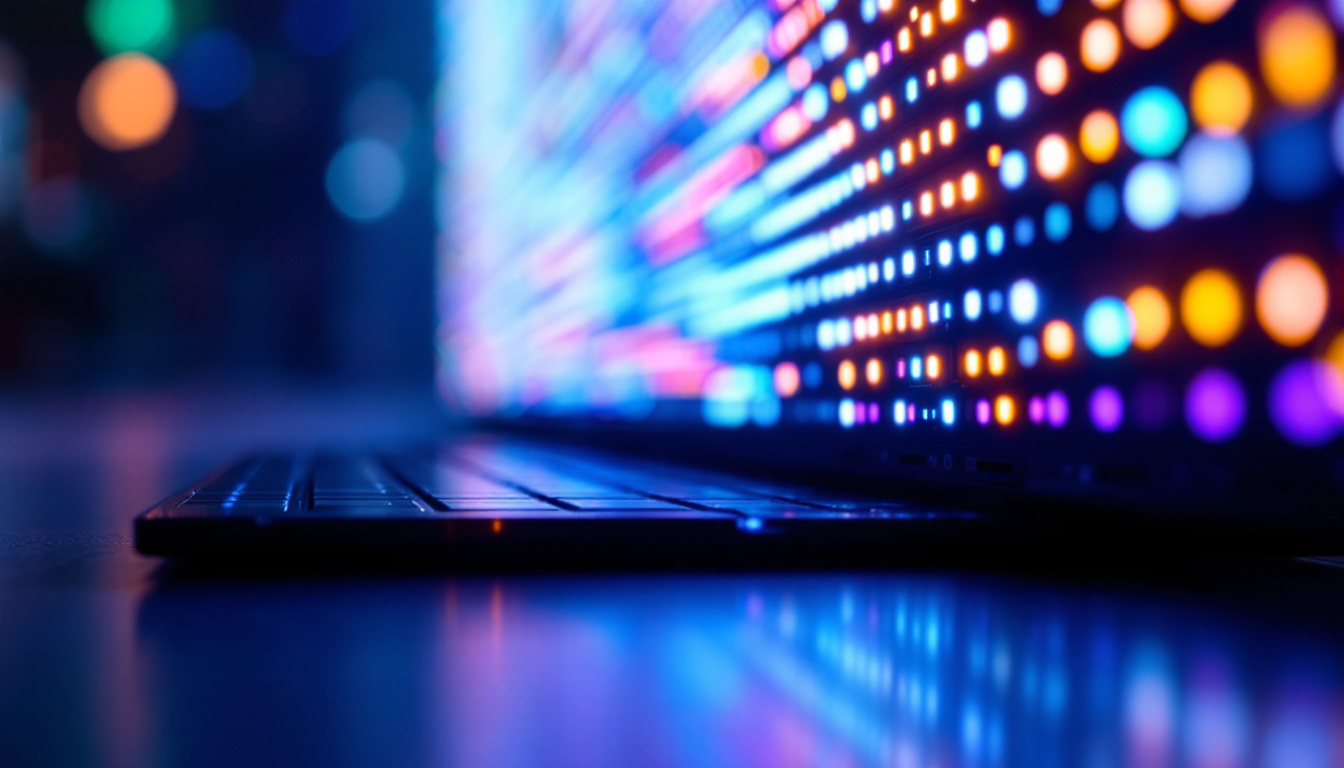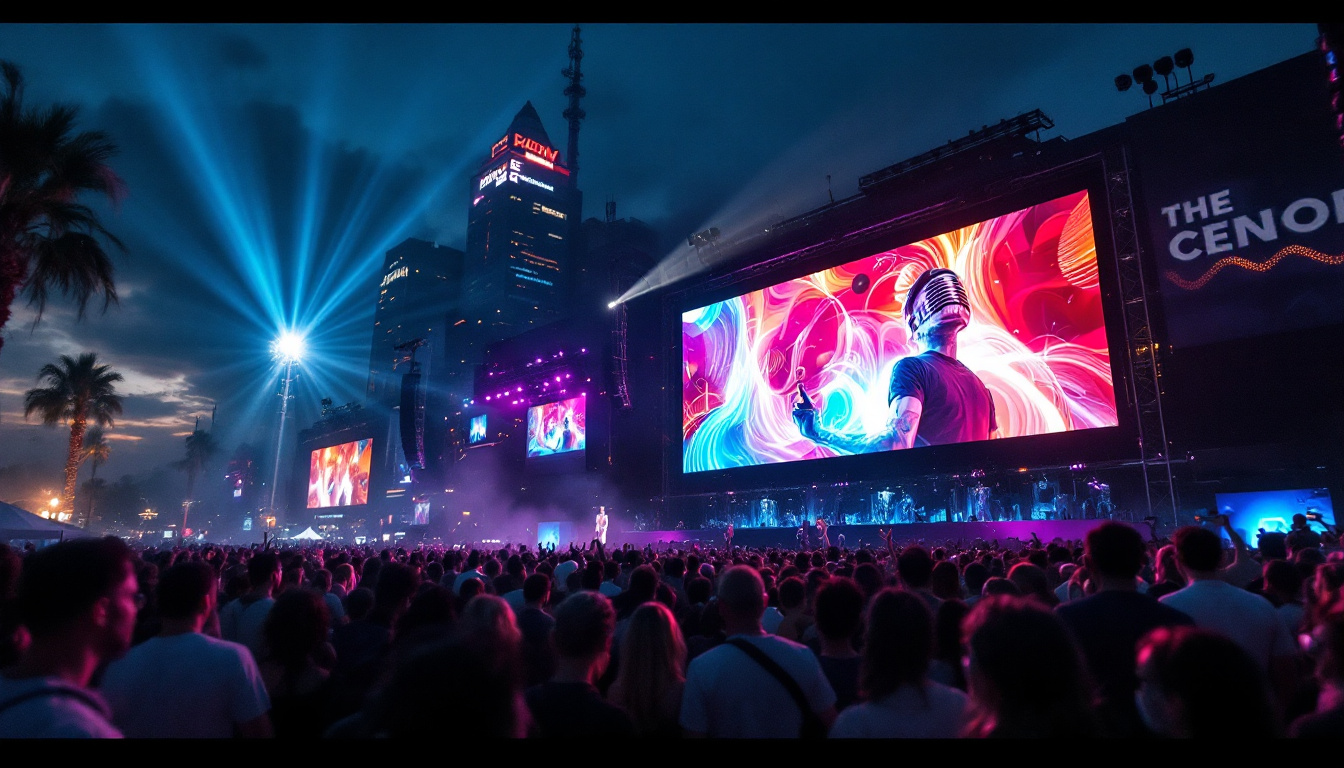In the realm of photography, lighting plays a pivotal role in determining the quality and mood of an image. Among the various lighting options available, LED lighting panels have emerged as a popular choice for both amateur and professional photographers. This article delves into the intricacies of LED lighting panel photography, exploring their advantages, applications, and the technology behind these innovative tools.
Understanding LED Lighting Panels
LED (Light Emitting Diode) lighting panels are flat, thin, and energy-efficient light sources that provide consistent illumination. They are widely used in various fields, including photography, videography, and even in the medical and architectural sectors. The technology behind LED lighting panels has evolved significantly, making them a preferred choice for many lighting applications. Their ability to produce high-quality light while consuming less power has made them a game-changer in both professional and amateur settings.
What Makes LED Panels Unique?
One of the standout features of LED panels is their energy efficiency. Unlike traditional incandescent bulbs, which convert a significant amount of energy into heat, LEDs are designed to emit light with minimal heat production. This characteristic not only reduces energy costs but also prolongs the lifespan of the lighting equipment. In fact, many LED panels can last up to 50,000 hours, significantly outlasting their incandescent counterparts, which typically last around 1,000 hours. This longevity makes them an economical choice for long-term use.
Additionally, LED panels offer a range of color temperatures, allowing photographers to create various moods and atmospheres in their work. From warm, soft lighting to cool, bright illumination, the versatility of LED panels makes them suitable for different photography styles, including portrait, product, and landscape photography. The ability to adjust color temperatures also aids in achieving accurate skin tones in portrait photography, ensuring that subjects look their best under varying lighting conditions. Furthermore, some advanced models even feature RGB capabilities, allowing for creative color mixing and effects that can enhance visual storytelling.
Key Features of LED Lighting Panels
LED lighting panels come equipped with several features that enhance their usability and effectiveness in photography. These features include:
- Adjustable Brightness: Many LED panels allow users to adjust the brightness levels, providing flexibility in lighting setups. This feature is particularly useful in dynamic environments where lighting conditions can change rapidly, enabling photographers to adapt without needing to change equipment.
- Color Temperature Control: Some models offer adjustable color temperatures, enabling photographers to match the ambient light or create specific effects. This adaptability is crucial for achieving a cohesive look in a series of shots, especially in professional settings where consistency is key.
- Portability: Many LED panels are lightweight and compact, making them easy to transport and set up in various locations. This portability is a significant advantage for on-location shoots, where space and weight constraints often pose challenges for photographers and videographers alike.
Moreover, the design of LED panels often includes features such as built-in diffusion and adjustable mounts, which further enhance their functionality. The diffusion helps to soften the light, reducing harsh shadows and creating a more flattering illumination for subjects. This is particularly beneficial in portrait photography, where the goal is to capture the subject in the most appealing light possible. Additionally, some panels come with battery options, allowing for wireless operation, which is invaluable for outdoor shoots or in locations where power sources are limited.
The Advantages of Using LED Lighting Panels in Photography
Switching to LED lighting panels can offer numerous benefits to photographers. Understanding these advantages can help in making informed decisions when selecting lighting equipment for specific projects.
Energy Efficiency and Cost-Effectiveness
One of the most significant advantages of LED lighting panels is their energy efficiency. They consume less power compared to traditional lighting sources, which translates to lower electricity bills over time. For photographers who rely on extensive lighting setups, this cost-effectiveness can lead to substantial savings.
Moreover, the longevity of LED panels means less frequent replacements. While traditional bulbs may need to be changed every few months, high-quality LED panels can last for years, further reducing costs associated with lighting equipment maintenance. This durability not only saves money but also minimizes the hassle of constantly sourcing new bulbs, allowing photographers to focus more on their craft rather than equipment upkeep.
Versatility in Lighting Applications
LED lighting panels are incredibly versatile, making them suitable for various photography styles and settings. They can be used for:
- Portrait Photography: Soft, diffused lighting from LED panels can enhance skin tones and create flattering images.
- Product Photography: The ability to control brightness and color temperature allows for precise lighting that highlights product features.
- video production: Consistent lighting is crucial in videography, and LED panels provide flicker-free illumination that enhances video quality.
Additionally, LED panels can be easily adjusted to create different lighting effects, such as simulating natural daylight or creating dramatic shadows for artistic shots. Their flexibility allows photographers to experiment with various styles, making them an essential tool in any photographer’s arsenal. Whether shooting in a studio or on location, the adaptability of LED panels can significantly enhance the creative process.
Ease of Use and Setup
LED panels are designed with user-friendliness in mind. Many models come with intuitive controls, allowing photographers to adjust settings quickly and efficiently. Additionally, the lightweight nature of these panels makes them easy to set up and reposition as needed, facilitating a smooth workflow during shoots.
Furthermore, many LED panels feature wireless capabilities, enabling remote control from a smartphone or tablet. This innovative technology allows photographers to make adjustments on the fly without interrupting their creative flow or needing to physically adjust the lights. Such convenience is invaluable during dynamic shoots where time is of the essence, ensuring that photographers can capture the perfect shot without unnecessary delays.
Applications of LED Lighting Panels in Photography
The applications of LED lighting panels in photography are vast and varied. Their adaptability allows photographers to experiment with different techniques and styles, enhancing their creative output.
Studio Photography
In a studio setting, LED lighting panels can be strategically placed to create a controlled environment. Photographers can utilize multiple panels to achieve desired lighting effects, such as backlighting, rim lighting, or soft fill light. The ability to adjust brightness and color temperature allows for fine-tuning, ensuring that the final images meet the photographer’s vision.
Outdoor Photography
While natural light is often preferred in outdoor photography, LED panels can serve as valuable tools for filling in shadows or adding highlights. They can be used during golden hour or in challenging lighting conditions, such as overcast days, to maintain the desired exposure and contrast in images.
Event and Wedding Photography
For event and wedding photographers, LED lighting panels can be lifesavers. They provide consistent lighting in dynamic environments where lighting conditions may change rapidly. Whether capturing candid moments or posed portraits, LED panels ensure that subjects are well-lit, enhancing the overall quality of the images.
Choosing the Right LED Lighting Panel
With a plethora of options available in the market, selecting the right LED lighting panel can be a daunting task. Several factors should be considered to ensure that the chosen panel meets the specific needs of the photographer.
Size and Portability
The size of the LED panel is a crucial factor, especially for photographers who travel frequently. Smaller, portable panels can easily fit into camera bags, while larger panels may provide more coverage but can be cumbersome to transport. Assessing the typical shooting locations and requirements can help in making the right choice.
Brightness and Color Temperature Range
Different photography styles may require varying levels of brightness and color temperature. Photographers should look for panels that offer a wide range of brightness settings and adjustable color temperatures. This flexibility can significantly enhance the creative possibilities during shoots.
Build Quality and Durability
Investing in high-quality LED panels is essential for long-term use. Photographers should consider the build quality and durability of the panels, ensuring they can withstand the rigors of regular use. Features such as weather resistance and sturdy construction can be beneficial for outdoor shoots.
Tips for Using LED Lighting Panels Effectively
To maximize the potential of LED lighting panels, photographers can implement a few practical tips that enhance their lighting setups and overall image quality.
Experiment with Angles and Distances
One of the key advantages of LED panels is their versatility in positioning. Experimenting with different angles and distances can yield unique lighting effects. For instance, placing a panel at a low angle can create dramatic shadows, while positioning it closer to the subject can provide softer, more flattering light.
Utilize Diffusers and Softboxes
To achieve softer lighting, using diffusers or softboxes with LED panels is highly recommended. These accessories can help to diffuse the harsh light emitted by the panels, creating a more even and natural illumination. This technique is particularly beneficial in portrait photography, where soft lighting is often desired.
Balance with Ambient Light
When shooting in environments with existing ambient light, it’s essential to balance the LED panel’s output with the natural light. Adjusting the brightness of the panel or using color gels can help achieve a harmonious blend, resulting in well-exposed images that retain the essence of the surrounding environment.
Conclusion
LED lighting panels have revolutionized the way photographers approach lighting in their work. With their energy efficiency, versatility, and ease of use, they have become indispensable tools in the photographer’s arsenal. Whether in the studio, on location, or during events, LED panels provide the flexibility needed to create stunning images that capture the essence of the moment.
As technology continues to advance, the capabilities of LED lighting panels will only improve, offering even more options for photographers to explore. By understanding the unique features and applications of these lighting tools, photographers can elevate their craft and produce exceptional work that stands out in a competitive field.
Discover the Future of Photography Lighting with LumenMatrix
Ready to take your photography to the next level with cutting-edge LED lighting panels? LumenMatrix is at the forefront of LED display technology, offering a wide array of solutions that cater to your creative needs. From Indoor and Outdoor LED Wall Displays to specialized options like Vehicle, Sports, and Floor LED Displays, LumenMatrix provides the tools to bring your visual storytelling to life. Embrace the revolution in visual communication and check out LumenMatrix LED Display Solutions today to create images that resonate with clarity and impact.

